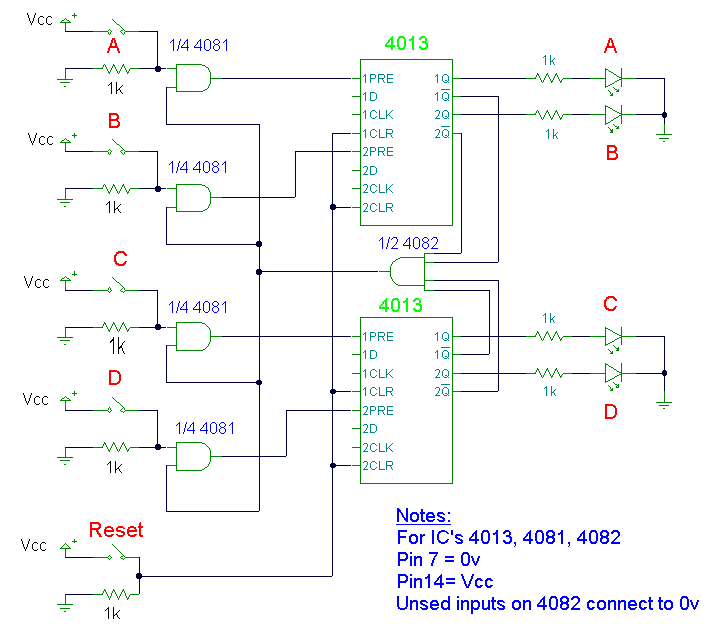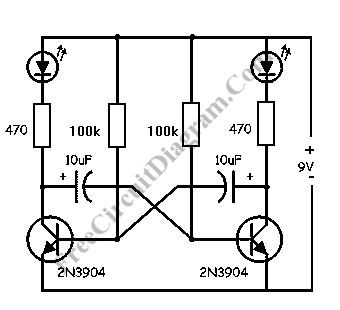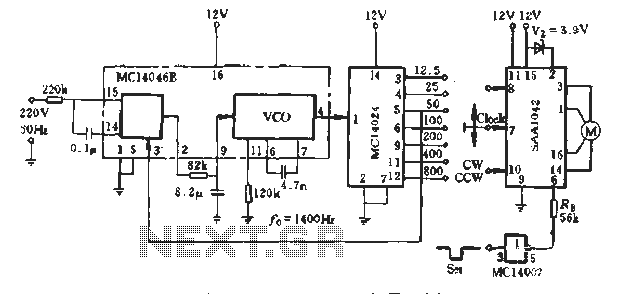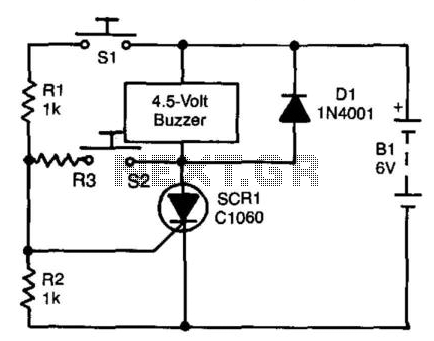
Interfacing hex keypad to 8051. Circuit diagram and assembly program. Simple circuit using minimum components
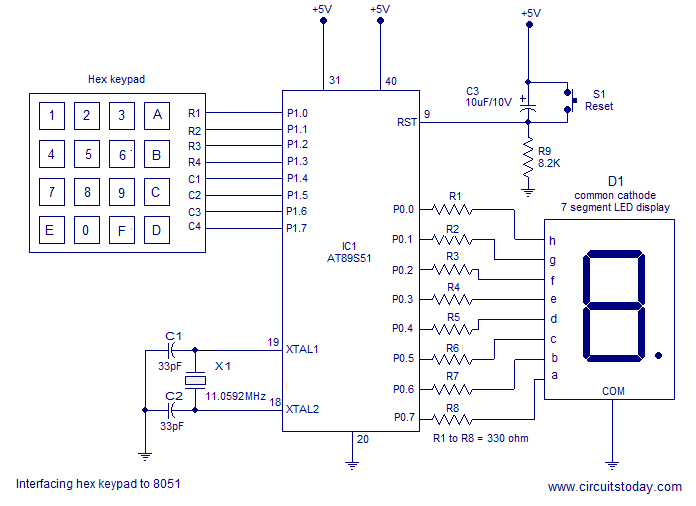
Interfacing a hex keypad to an 8051 microcontroller. The AT89S51 is utilized in this setup. A circuit diagram and assembly language program are included. A testing video is also provided.
The interfacing of a hex keypad with the AT89S51 microcontroller involves several key components and considerations for effective operation. The hex keypad typically consists of 16 keys arranged in a matrix format, allowing the user to input hexadecimal values (0-9 and A-F). The microcontroller serves as the brain of the system, processing the input from the keypad and executing corresponding commands.
In the circuit diagram, the hex keypad is connected to the microcontroller's I/O ports. Each row and column of the keypad is wired to specific pins on the AT89S51, enabling the microcontroller to detect which key is pressed through a scanning technique. When a key is pressed, the microcontroller reads the logic level changes on the designated pins, determining the key’s position based on the row and column activated.
The assembly language program is designed to facilitate communication between the microcontroller and the hex keypad. It typically includes routines for initializing the keypad, scanning for key presses, and debouncing the input to ensure that multiple signals are not erroneously detected from a single key press. The program may also include functionality to display the pressed key on an LCD or send the data to another device for further processing.
Testing of the system is crucial to ensure reliability and accuracy. The provided testing video demonstrates the functionality of the circuit, showcasing how key presses are registered and processed by the microcontroller. This comprehensive setup allows users to effectively interface with the hex keypad, enabling a wide range of applications such as input devices for embedded systems, user interfaces for various electronic projects, and more.Interfacing hex keypad to 8051. AT89S51 is the microcontroller. Circuit diagram and assembly language program. Testing video also provided.. 🔗 External reference
The interfacing of a hex keypad with the AT89S51 microcontroller involves several key components and considerations for effective operation. The hex keypad typically consists of 16 keys arranged in a matrix format, allowing the user to input hexadecimal values (0-9 and A-F). The microcontroller serves as the brain of the system, processing the input from the keypad and executing corresponding commands.
In the circuit diagram, the hex keypad is connected to the microcontroller's I/O ports. Each row and column of the keypad is wired to specific pins on the AT89S51, enabling the microcontroller to detect which key is pressed through a scanning technique. When a key is pressed, the microcontroller reads the logic level changes on the designated pins, determining the key’s position based on the row and column activated.
The assembly language program is designed to facilitate communication between the microcontroller and the hex keypad. It typically includes routines for initializing the keypad, scanning for key presses, and debouncing the input to ensure that multiple signals are not erroneously detected from a single key press. The program may also include functionality to display the pressed key on an LCD or send the data to another device for further processing.
Testing of the system is crucial to ensure reliability and accuracy. The provided testing video demonstrates the functionality of the circuit, showcasing how key presses are registered and processed by the microcontroller. This comprehensive setup allows users to effectively interface with the hex keypad, enabling a wide range of applications such as input devices for embedded systems, user interfaces for various electronic projects, and more.Interfacing hex keypad to 8051. AT89S51 is the microcontroller. Circuit diagram and assembly language program. Testing video also provided.. 🔗 External reference
